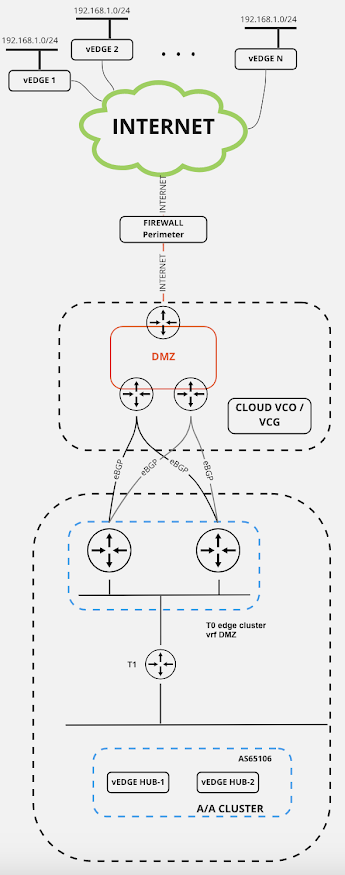NSX Advanced Load Balancer (ex AVI Networks) Lets Encrypt script integration
I would like to share very useful setup for VMware NSX ALB (ex Avi solution), in terms of usage freely available Let's Encrypt certificate management solution. Basically, provided script gives you automation inside NSX ALB environment, without the need for some external tools or systems. Putting it summary these are the required steps:
- create appropriate virtual service (VS) which you will use for SSL setup with Let's Encrypt cert - this can be standalone service or SNI (Service Name Identifier) based (Parent/Child) if needed. Initially you can select "System-Default" SSL cert during the VS setup;
- create appropriate DNS records for new service in place - out of scope of NSX ALB most of the times. NSX ALB Controllers should have access to Let's Encrypt public servers for successful ACME based HTTP-01 certificate generation/renewal;
- Download required script from HERE
- Follow rest of required configuration steps on this link NSX-ALB-Lets-Encrypt-SETUP - in terms of user creation/script adding/CSR...
- I would like to give you an special attention in case you have split DNS scenario from VS and Controller perspective - last step during certificate generate/renewal process with script is verification of received Token using ACME HTTP-01 check, which will FAIL in case you have this type of DNS scenario (ie "Error from certificate management service: Wrote file, but Avi couldn't verify token at http://<URL>/.well-known/acme-challenge/<token-code>..."). Bellow image gives you an option to resolve this type of setup by using special, script integrated, variable:


Comments
Post a Comment